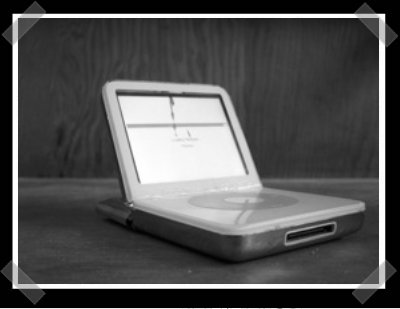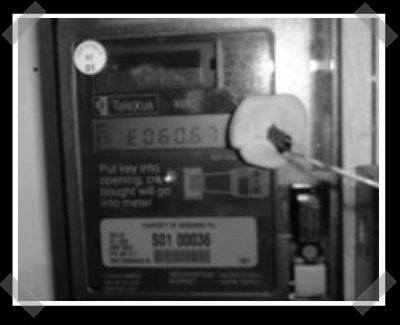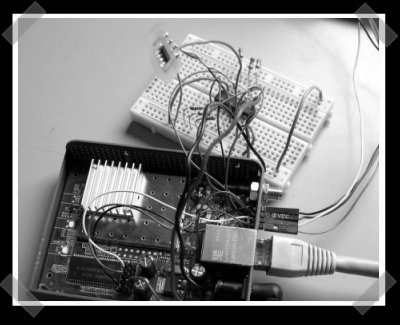
It wasn’t [Ben Heck] this time. [Owen] sent in his modded iPod. Once the warranty was voided by some breakage, he decided to make sure it was *really* void. The fold is limited by the length of the wires – but I can’t tell from the description or pictures if he actually hinged it.
Update: I’m re-posting this thanks to some funky cms bug…
















